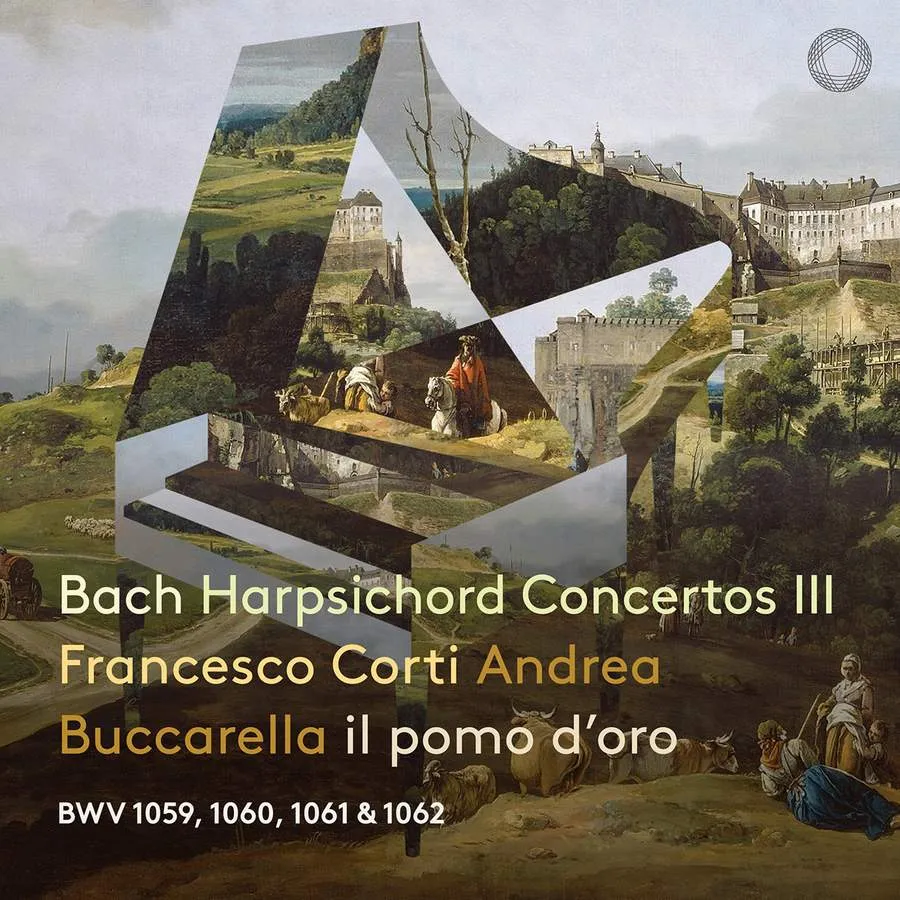
JS Bach Harpsichord Concertos, Vol 3: BWV 1059-1062 Francesco Corti (harpsichord); Il Pomo d’Oro/Andrea Buccarella Pentatone PTC 5186 966 55:56 mins
This recording reminds me of an old archaeologist’s joke. He draws a wonderfully detailed statue of a gorgeously muscled Greek figure, on the evidence of a couple of tiny stone fragments, one for a knee and the other for the nose. Bach’s harpsichord concertos have come to us in a beautiful autographed score on whose last page a new concerto in D minor begins, but stops after nine bars, at the point where the first tutti makes way for a harpsichord solo. Why, asks harpsichordist Francesco Corti. Not enough space on the page? Did Bach suddenly go off the idea? Or was he forced to desist?
For Corti, however, Bach’s recycling habit has come to the rescue. That fragmentary opening phrase, catalogued as BWV 1059, echoes Bach’s cantata BWV 35 (complete with a solo organ part), and he believes it’s possible to ‘conjecturally reconstruct a second and third movement’ by drawing on other sections of the cantata. ‘Thus, a reconstruction of this “never written” piece seems possible’, and for this recording he has done it.
So is it a success? Listening to it here in context with three other authentic Bach concertos, I find myself not only accepting it at face value, but actually enjoying it more than the others. Corti’s sonic strategy works brilliantly: he’s damped down the bass accompaniments on many solo passages, particularly those of the oboe. And following Bach’s own custom he’s strengthened the harpsichord presence by filling in its harmonies, decorating its upper voices and routinely amplifying it with micro-ornamentation and cadenza-like passages. The ‘Siciliana’ second movement, with its dialogue between oboe and what was the organ in the source-work, has poise and grace, and the closing Presto is nimble and assured.
Neatly complementing the programme of the recording reviewed directly above, Corti’s programme is a bit uneven. BWV 1062 goes like the wind, but its sonic differentiation between soloist and ensemble is muzzy, and the finale is absurdly helter-skelter; the other works come over with nice assurance.
Michael Church
More reviews
Journey into Rameau’s gothic underworld with Enfers
Martha Argerich and Daniel Barenboim are top of the Proms
A fresh take on Vivaldi’s Four Seasons
Exploring the trials of love and pain in Mozart’s Così fan tutte